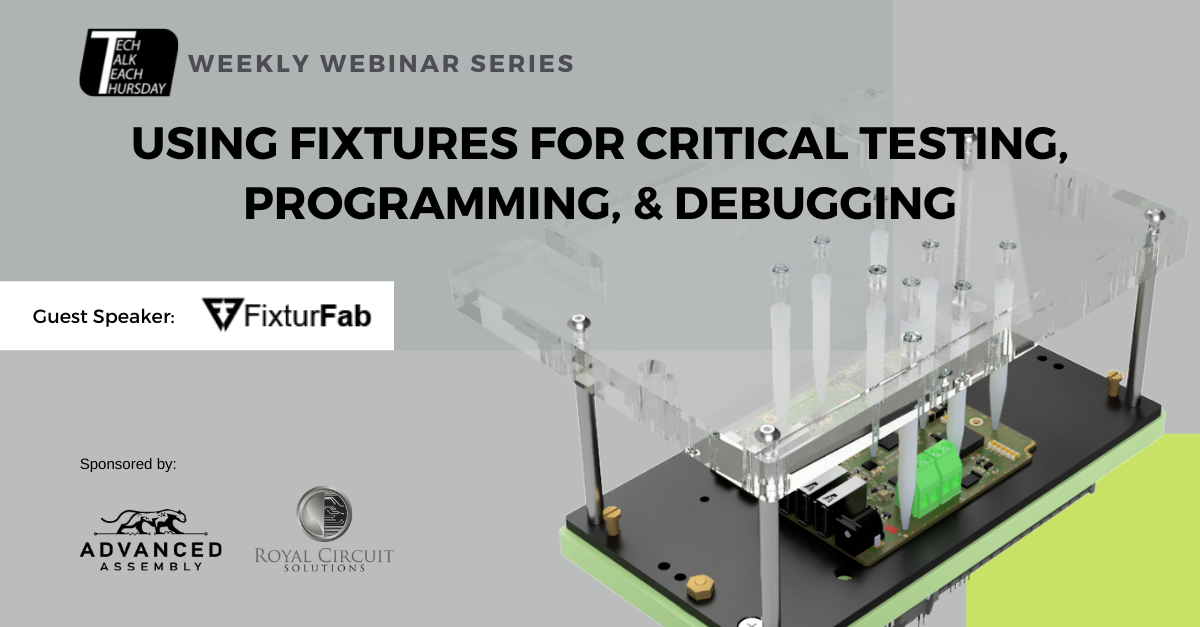Today’s printed circuit boards come in three different forms: flexible, rigid-flexible, and rigid. While the names give away the boards’ most obvious differences, there are quite a few things they have in common. For example, all PCBs have at least one layer of copper circuitry to create a functional unit. Additionally, all PCBs are the operating force behind electronic devices. But what about when it comes down to the details between flex vs. rigid-flex vs. rigid PCBs? How are they different?
Defining Rigid, Rigid-Flex, and Flex PCBs
Before diving into the differences between each PCB type, let’s define each one.
Rigid PCBs are exactly what you imagine when you hear the term “PCB.” These components feature a solid, unbending board—usually green—that’s reinforced with glass.
Rigid-flex PCBs are a combination of both rigid and flex components. These PCBs are crafted from flexible and rigid layers of circuit substrates and circuit board materials.
Flex PCBs have a flexible base. Due to their ability to endure vibration, fold or bend into different shapes, and disperse heat, flexible PCBs are becoming more and more popular in today’s electronics.
Made with conductive tracks on a non-conductive substrate, all PCBs act as the soul of an electronic device.
Differences in Conductive Material
Rigid, flex rigid, and flex PCBs are made with different types of conductive materials. Rigid PCBs, for example, are made from inflexible electro-deposited copper. Flexible PCBs, on the other hand, are often made from bendable annealed copper.
Fabrication Differences
As you would guess, rigid, flex, and rigid-flex PCBs are fabricated using different manufacturing processes. Flexible PCBs are constructed using an overlay process to protect the component’s exposed circuits. Rigid PCBs, on the other hand, are fabricated using a traditional green solder mask.
Differences in Cost
Flex PCBs are expensive to build because they’re adaptable and can withstand more environmental factors than rigid PCBs. However, since they can be manipulated to fit in smaller spaces, the overall size of the device itself may be reduced, saving companies more in the end. Rigid PCBs, on the other hand, are much more affordable in terms of cost and function well in many electronic applications.
Differences in Applications
Flex PCBs are unique in that they allow manufacturers to make the PCB fit the device. With rigid PCBs, the device must be made to fit the PCB. Flex PCBs are great for medical devices, wearable electronics, and drones. Rigid PCBs, on the other hand, are ideal for use in computers and vehicles.
Royal Circuits offers a range of services for rigid, flex, and rigid-flex PCBs. Start your quote online right now or reach out to our friendly staff with questions!



